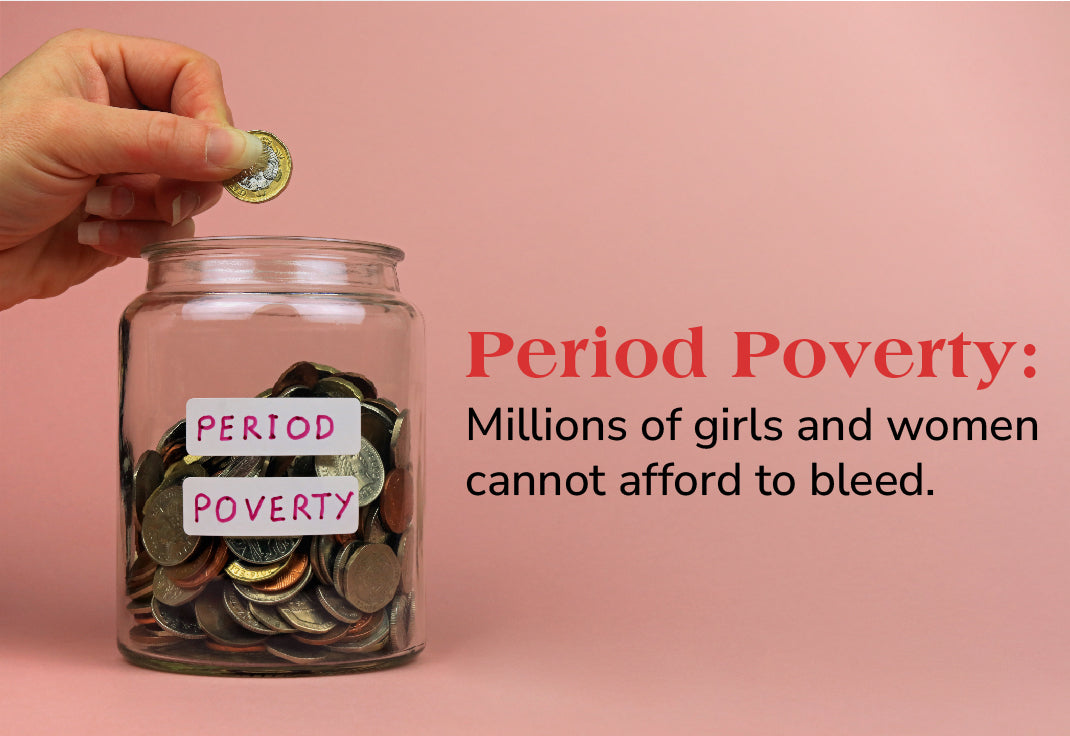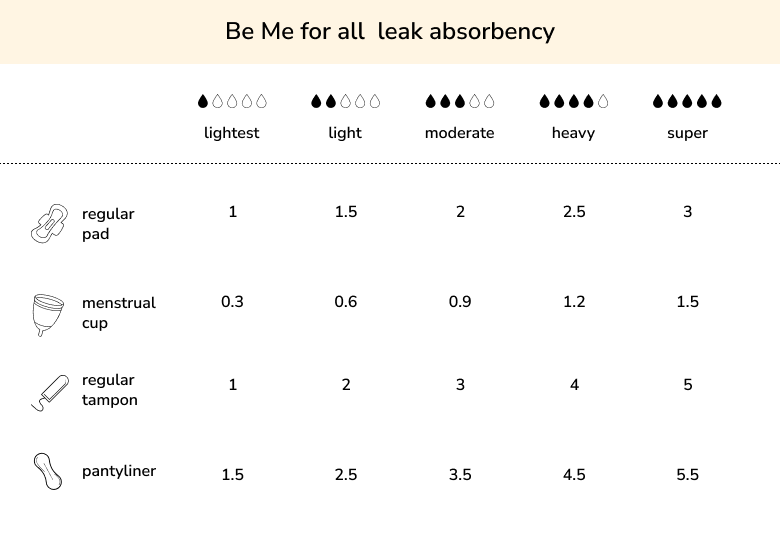
Period Poverty: Millions of girls and women cannot afford to bleed.
Published At
Every month millions of women and girls face a silent battle that is rarely spoken but deeply felt—period poverty. Imagine missing school, or work simply because you cannot afford basic menstrual products. And to escape this women resort to unsafe alternatives like rags, leaves, and unhygienic clothes because there is no other option. Period Poverty is more than just the lack of period products in India, it is about health risks, isolation, and the shame that comes with it. It does not just steal comfort, it robs women of their dignity dreams, and future. Simply put, period poverty costs girls and women too much and it does not have to be this way.
Period poverty in India: A nationwide crisis addressed by a few states.

The cost of menstrual products, stigma, and the lack of sanitation facilities are the flag bearer of period poverty.
Menstrual products in many foreign countries are subject to pink tax where they are segmented under luxury items. However, the Indian government has taken a progressive step by completely exempting sanitary products from GST, setting a 0% tax rate.
This influential step shows India's commitment to making menstrual hygiene products affordable and accessible. Awareness programs like UDAN in Rajasthan (read here), Shuchi in Karnataka (read here), and Khushi in Odisha (read here) supply free or subsidized sanitary pads to millions of women and girls. These state governments are stepping forward in dismantling the stigma, improving access to menstrual products, and promoting menstrual hygiene awareness, offering hope for a better and equitable future.
But why only these state governments are addressing poverty? In a country like India where the minimum daily wage rate is 700-800 an average Indian woman somewhat spends around Rs 300 every month for menstrual health products. When we compare this it is quite obvious to understand how women are easily priced out of these products completely. Moreover, menstrual health products are a monthly commitment. This harsh reality explains why 227 million women still cannot afford to bleed and are forced to use unhygienic substitutes.
When menstrual health isn't limited to a handful of regions—so why is the free distribution of sanitary pads confined to certain states? Shouldn't access to something as essential as menstrual hygiene be a nationwide priority? Why millions of women are still held back by something as natural as periods? It is not time we ask ourselves why period poverty still exists in a country aiming for progress. Apart from the lack of menstrual products in India what else adds to period poverty is stigma and the lack of period education – not only do many women and girls lack awareness, but the adults with decision-making power and policymakers in the workplace and school also lack complete menstrual education.
Periods in poverty: A hidden hardship

We at times overlook problems until they hit close to home because it is easy to let go of what does not affect us. Just because we don't see it, does not mean it is not happening. Imagine having to choose between buying food or a sanitary pad—this is the heartbreaking choice many women have to make every month.
Putting it in simpler words, period poverty is a budget and policy issue. The solution is clear: by making menstrual products affordable or free, ensuring wider access to sanitation facilities in workplaces and schools, and breaking the silence around menstruation we can aim to put a stop a period poverty because let's just be clear no women deserve to suffer in silence due to something as natural as periods. PERIOD!









